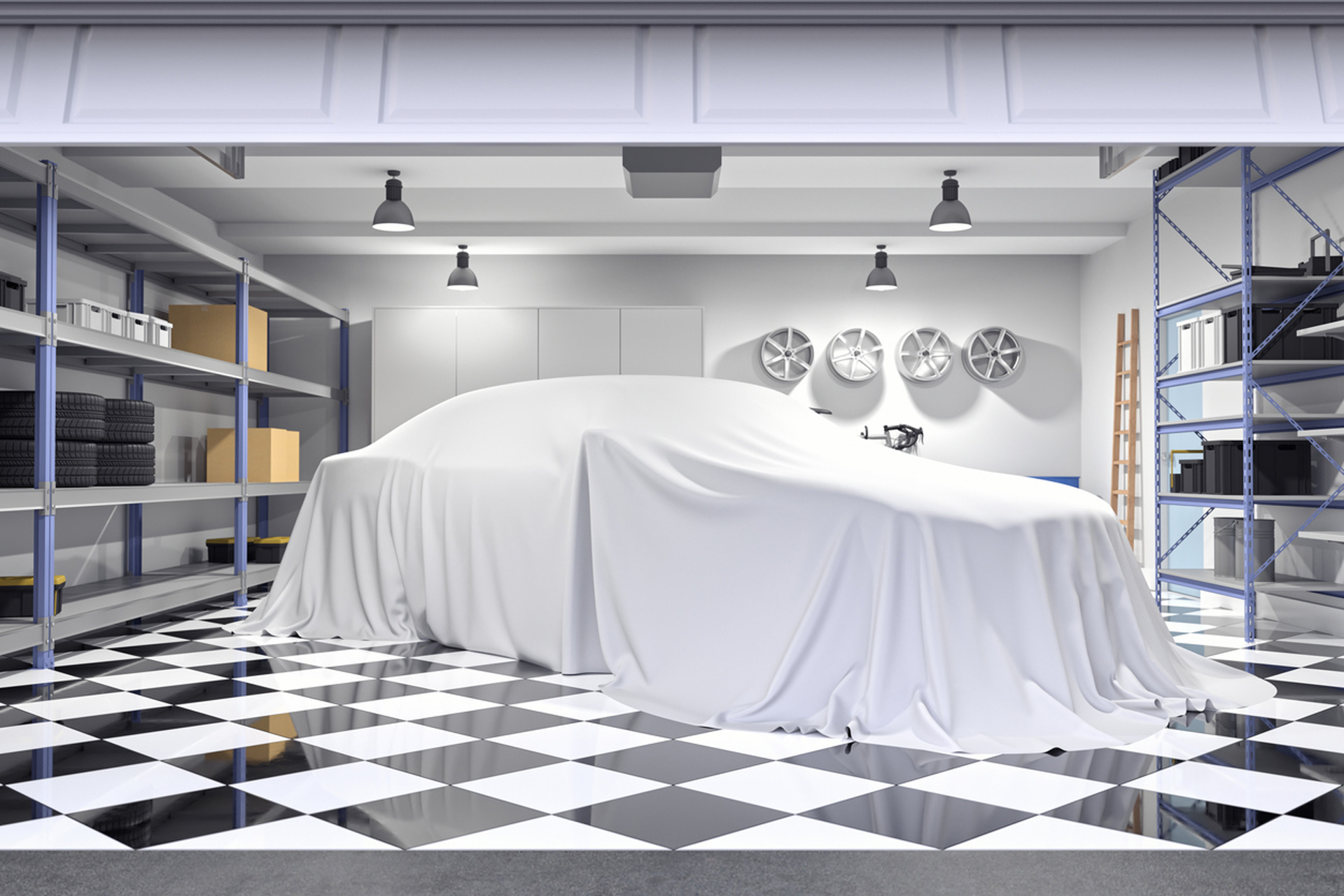

Epoxy paint is a latex acrylic product with a small quantity of epoxy in the mix that is used for flooring applications. It was originally created for industrial use. Epoxy paints give a robust, long-lasting, and easy-to-maintain protective layer. Epoxy paint is corrosion-resistant, chemical-resistant, and easy to clean, making it perfect for garages and warehouses, among other applications.
The key difference between epoxy and regular paint is that when epoxy is present, the paint adheres more better to the concrete surface, making it more durable. A normal acrylic paint without epoxy will peel and flake with time, especially in high-traffic areas.
Many people choose epoxy paint because it’s durable, waterproof, and can be safer in high-traffic areas, not to mention its aesthetically beautiful sheen. It is shock-resistant and protects your floor from harm, especially from heat and chemicals. It’s ideal for any situation involving chemicals, heat, or other things.
Epoxy Floor Paint’s Advantages and Disadvantages Pros:
Epoxy is a hard-wearing flooring option. It can withstand high levels of stress, heat, chemicals, and water. It’s perfect for garages with corrosive chemicals from autos.
Epoxy paint may be applied directly to your existing flooring, saving you time and money on removal.
Long-lasting: Although it takes time to apply, the epoxy lasts a long time once it is in place. It’s tough, long-lasting, and capable of withstanding a lot of traffic.
Epoxy nearly acts as a barrier for your flooring, protecting it from stains, cracking, and general wear and tear.
Epoxy is dust-resistant and requires little maintenance. Epoxy helps to keep dust from settling and circulating by forming a coating. It also results in a smooth, level surface that is simple to clean with a mop, broom, or vacuum.
Cons:
Slippery: Epoxy-painted floors are generally skid-resistant, although oil-covered epoxy can be extremely slippery. It’s a little slick when it’s wet. Epoxy paint isn’t recommended for areas where there are likely to be spills or standing water.
Epoxy is only temporary since, despite its durability and resistance, it will eventually need to be replaced. Chips and cracks can begin to appear as a result of normal wear and use. You’ll need to apply another layer of epoxy paint to keep things looking excellent if this happens. This could be a problem if it’s in a place where heavy things are dropped onto the floor, such as a gym.
Application: Proper application of epoxy paint necessitates a great deal of planning. All cracks must be filled, and all grease, oil, and debris must be removed methodically. The application process is time-consuming and irritating in and of itself. Epoxy paint can take several days to dry properly, and you must wait until the first layer is totally dry before applying the second.
Changing the color, design, or having epoxy removed can be expensive and time-consuming.
Epoxy paint vs. epoxy coating: what’s the difference?
Epoxy paint is exactly what it says it is: a paint. It’s a do-it-yourself project. Epoxy coatings are normally made up of two parts: a resin and a hardener, and they require professional assistance to assure long-term results.
When deciding between epoxy coating and epoxy paint, one of the most crucial considerations is durability. Epoxy paint is perfect if you just want to improve the appearance of your floor. The epoxy coating, on the other hand, is a far better solution if you want to repair a high-traffic area that is at risk of chemical spills. Although epoxy floor paint is more durable than ordinary latex paint, it will not withstand stains, chemicals, or abrasions as well.
Another significant distinction between the two is the cost. Epoxy paint is a lot less expensive. You can get paint from a store and apply it yourself. Epoxy coatings, on the other hand, will almost certainly necessitate professional installation and a higher-quality product.